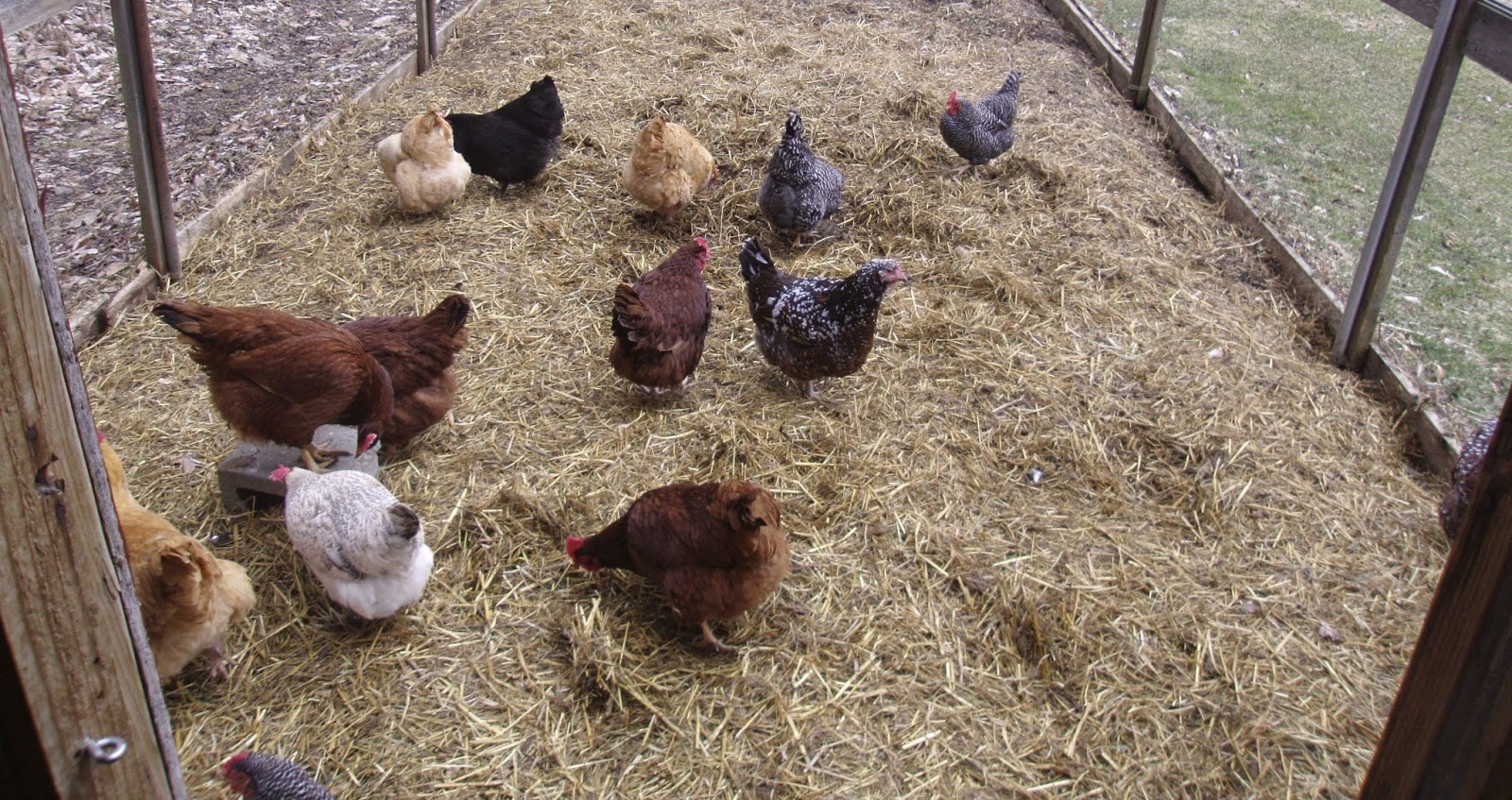It seems I’ve been part of many friendly discussions over the past few weeks. Friends with chickens, who used to have chickens, who know someone who used to have chickens, those who eat eggs for breakfast, or know someone who used to eat eggs have weighed in and commented on several aspects of chicken raising.
The latest: FREE RANGE EGGS. There is a lot of confusion about these words and what, exactly, they mean. Sometimes, you’ll see these three words on egg cartons. Often, people refer to their roaming hens as “free ranging”. I’ve seen packages of chicken in supermarket coolers marked –advertised, in fact—with the words.
A little research gave me some insight. According to the US Department ofAgriculture, in order to mark poultry as free range, “Producers must demonstrate to the Agency that the poultry has been allowed access to the outside.” That’s it. A door of some size must be opened at some point leading outside. poultry to be marked as FREE RANGE.
A farmer may swing wide his chicken door when the sun first comes up—his flock may parade out into a pasture for the day and have the door shut on them again in the evening when the sun is low in the sky. Or, a small door leading to a paved yard at the end of a crowded chicken barn may be opened for half an hour every morning. Either of these choices, and everything in between allows
Eggs, however, have no specific regulations as far as being considered free range. According to the MayoClinic health website:
“There are no USDA standards regarding the use of the term “free range” for egg-producing hens, although you might see that term on egg cartons. Free-range hens for egg production typically are uncaged in barns or warehouses with some outdoor access. Free-range hens can engage in some natural behaviors, such as nesting and foraging. There are no USDA restrictions on what they’re fed, and beak cutting and forced moulting is allowed.”
So, truthfully, it doesn’t mean a lot when you see the words FREE RANGE on a carton of eggs. The eggs that come from my little henhouse could be marked as such—the girls spend their days in a roomy hen yard eating vegetable scraps, organic pellets, bugs and earthworms. The eggs from an industrial chicken farm where laying hens, cage-free but living in crowded conditions, with booster lights on day and night, might also legally have the same stamp.
Listen to your friends, but also do your homework. You might be surprised what you’ll learn!

















1 Comment
This is why I tell people that my chickens are pasture raised, and have 100% access to the forest. We get many questions about predators and how much feed that we give all the time. They are fed feed and fodder just outside of the coop in the cold winter months, because the coyotes come closer for food. This keeps them close. After eating and drinking some of the Mediterranean breeds go in the coop or stay under larger birds to stay warm.